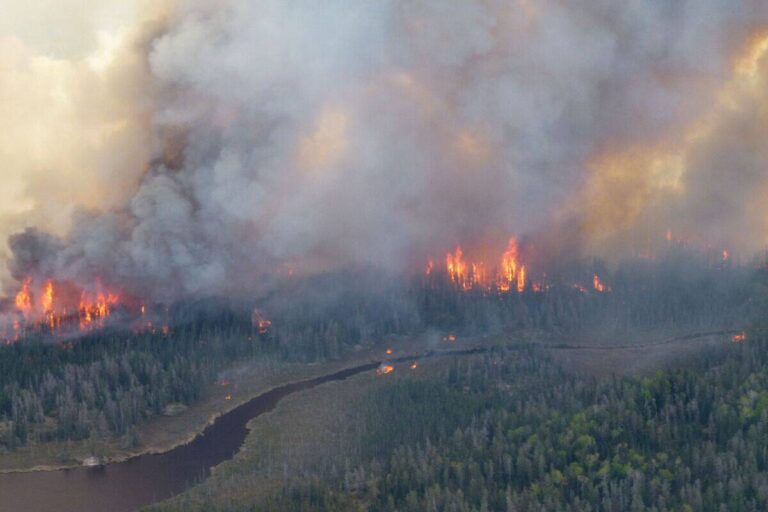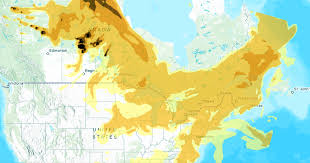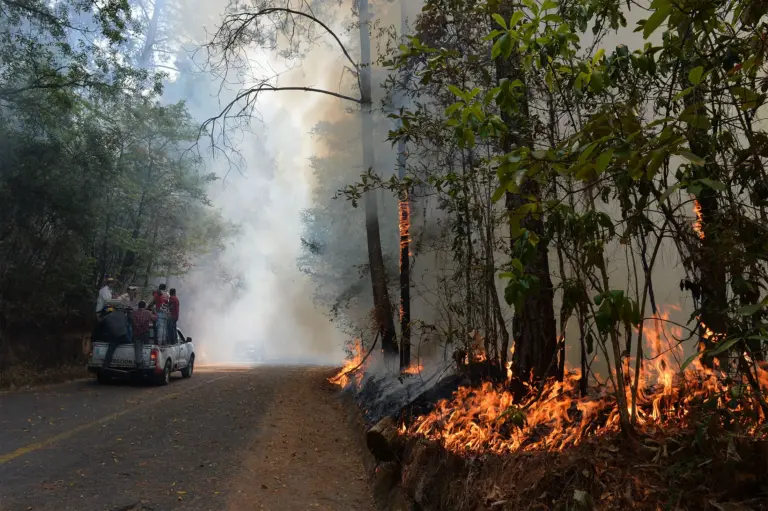
Introduction
The recent decision by the Alberta government to freeze the industrial carbon price has sparked significant debate across the province. This policy change is viewed as a pivotal moment in Alberta’s climate strategy, impacting industries, the economy, and environmental policies. With the industrial sector being a major contributor to greenhouse gas emissions, the decision to freeze carbon pricing raises questions about Alberta’s commitment to achieving its climate goals, while also balancing economic growth.
Details of the Carbon Price Freeze
Effective immediately, the provincial government announced a pause on the previously scheduled increase of the industrial carbon tax, which was set to rise from $40 to $50 per tonne in 2024. The government argues that the freeze aims to support industries navigating a challenging economic environment, particularly as global economic pressures continue to mount. Alberta’s industrial sector, a vital component of its economy, employs hundreds of thousands and contributes significantly to provincial revenue.
Minister of Environment and Protected Areas, Whitney Issik, stated that the freeze aims to “ensure Alberta remains competitive while continuing to protect the environment.” However, opponents of the freeze argue that delaying the carbon price increase undermines efforts to reduce emissions and could have long-term negative effects on climate change efforts.
Implications for the Environment and Economy
The freeze raises concerns among environmental advocates who argue that it may hinder efforts to reduce Alberta’s overall greenhouse gas emissions. The oil and gas sector, in particular, has been a primary target for emissions reductions. Environmental organizations warn that without adequate regulatory pressure, the progress made in reducing emissions may stall, putting Alberta’s climate goals in jeopardy.
From an economic perspective, proponents of the freeze claim that it may help industries innovate and remain globally competitive. By alleviating immediate financial pressures, businesses can focus on operational improvements and invest in cleaner technologies without the burden of increased carbon costs.
Conclusion
The Alberta industrial carbon price freeze illustrates the complex balance between environmental stewardship and economic viability. As the province seeks to navigate its dual objectives, the long-term implications remain uncertain. Observers will be keenly watching to see how this decision influences Alberta’s carbon emissions trajectory and whether it affects the province’s reputation in the context of climate change initiatives. There is a critical need for continued discourse on how Alberta can effectively reduce emissions while fostering economic growth. The backdrop of political and public response will undoubtedly shape the future of Alberta’s climate action strategy.


